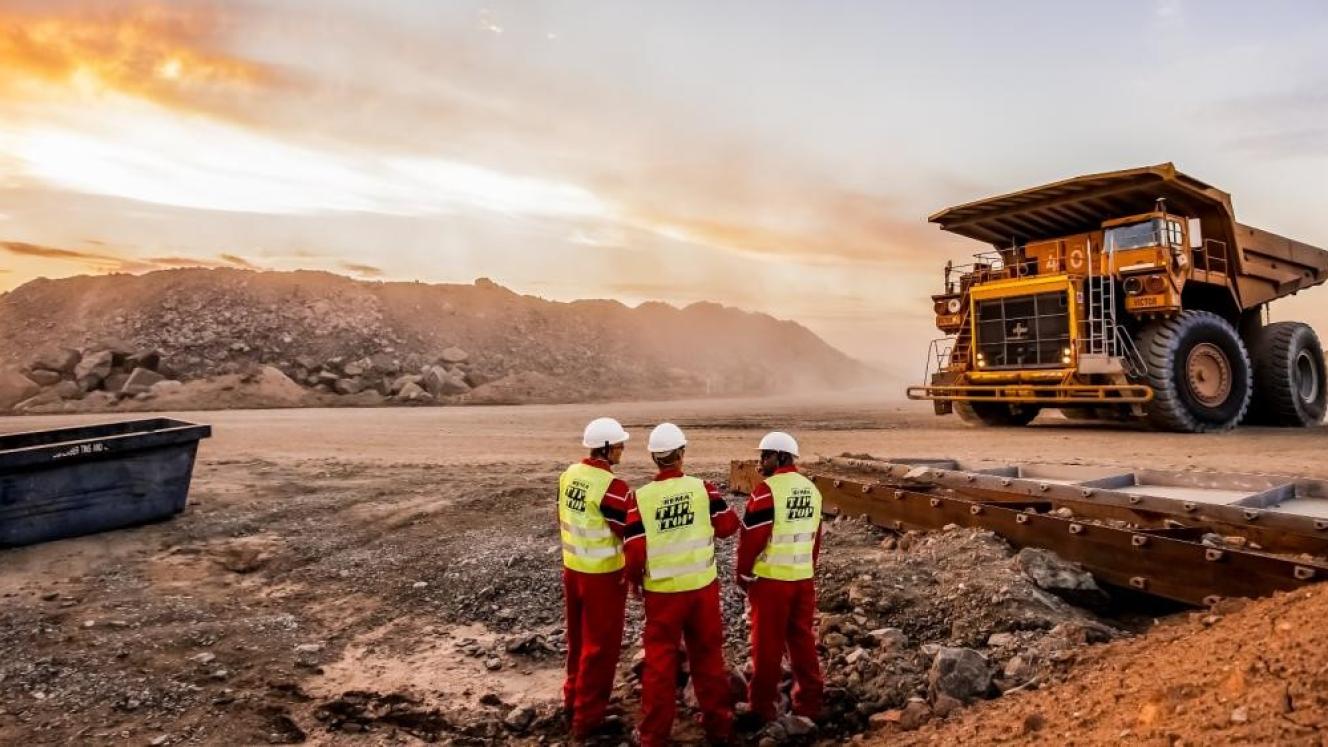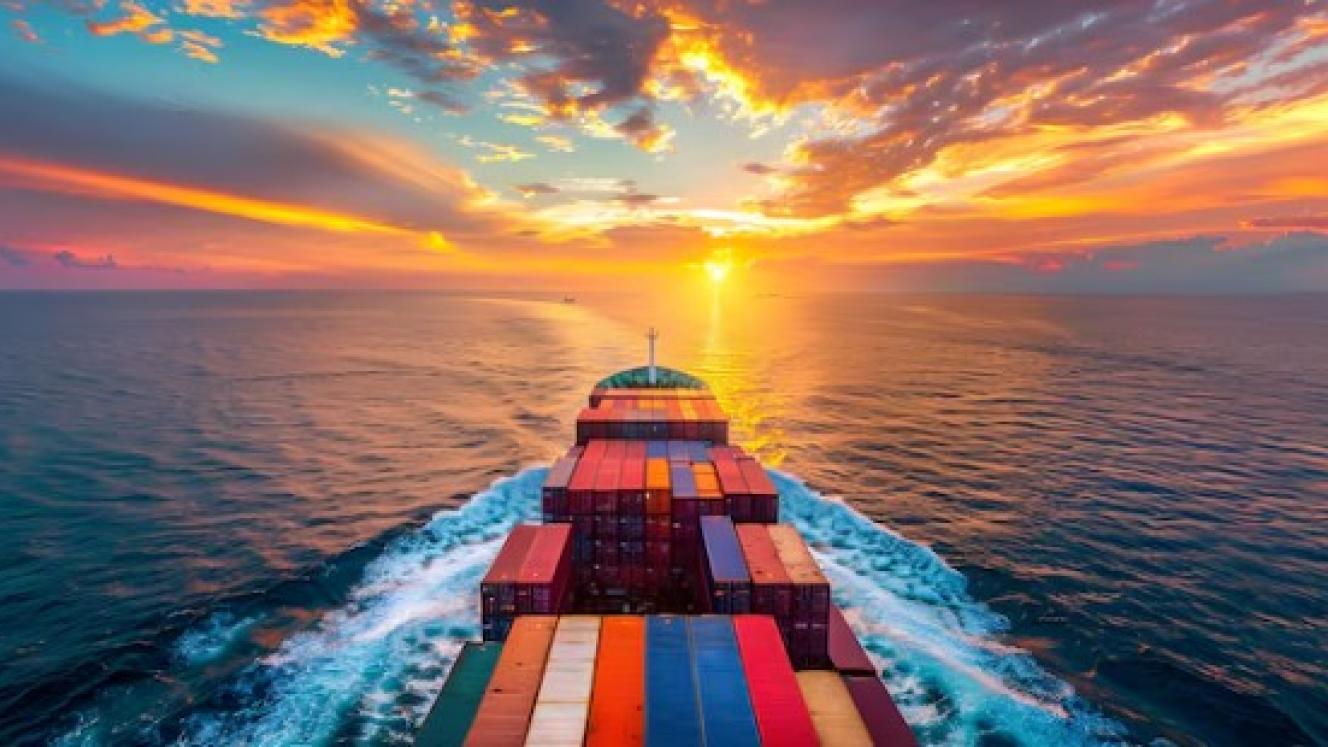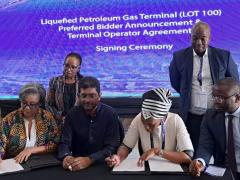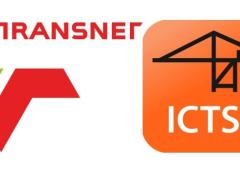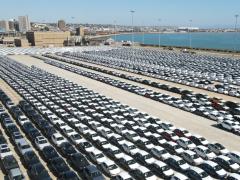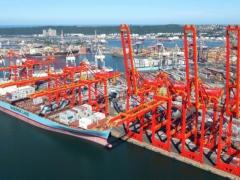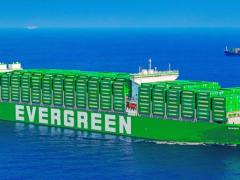South African mineral production value hit a record high for the second consecutive year in 2022, but constrained transport logistics, electricity challenges, and low investment threaten to undermine the sector.
This is according to the Minerals Council South Africa’s, Facts & Figures 2022 annual publication which has warned that these “warning lights are flashing” for mining firms.
South Africa’s mineral production achieved a fresh record high of R1.18 trillion in 2022, up from R1.1 trillion in 2021, the first time the industry has topped the trillion-rand mark, according to the report. Strong commodity prices drove production value, injecting the domestic economy with higher taxes that helped to bolster the fiscus, increase employment, and improve wages.
The report, which provides in-depth data and insights into the status and performance of the mining industry, highlighted the importance of the sector to the local economy. The mining industry is one of few sectors that is adding jobs in the sluggish economic climate; it created 15 500 more jobs in 2022, lifting its total employment to 475 560.
“The mining industry has shot out the lights when considering its financial performance and contribution to the economy in 2022. However, we remain concerned about the worsening constraints in rail and port logistics, which means we have yet again forfeited the benefits of high commodity prices,” says Minerals Council CEO Roger Baxter.
He said inadequate electricity supply had also been a concern.
According to the report, mining company tax in 2022 was R74 billion (R81bn in 2021) and royalties increased to R14bn from nearly R12bn. Mining’s contribution to GDP grew by 4% to almost R494bn, keeping its percentage contribution to GDP at 7.53% (7.56% in 2021).
“Transport logistics and energy are two of the most critical issues the Minerals Council is dealing with at a Presidency, Ministerial and Transnet Board level. We are in a partnership with the Transnet Board to urgently resolve bottlenecks on the four bulk mineral export channels. We are in constant talks with Eskom to find solutions to our energy crisis,” said Baxter.
The Minerals Council estimates the opportunity cost resulting from rail and port constraints increased to R50bn in 2022 from R35bn in 2021, when delivered tonnages are measured against targeted tonnages. If the rail network was operating at capacity, with a few minor enhancements, South Africa could realise R151bn more in bulk mineral sales.
The body estimates production will fall by about 6% in 2023 compared to the year before. The gravity of the situation is borne out by the volume of mining production falling to below pre-Covid-19 levels in 2019 due to structural constraints, leaving the industry unable to respond to higher commodity prices.
“The constraints around transport, logistics and border posts remain, and they are increasingly hampering mineral export volumes,” Minerals Council chief economist Henk Langenhoven said.
Export values grew to R878bn in 2022 from R856bn in 2021, purely because commodity prices improved by 70% year on year. Export volumes were stagnant, growing by just 0.2 % in the 12 months to October 13, 2022 compared to the same period in 2021.
Of concern for the longer term is the lack of investment in the mining sector, which points to constrained growth in the future and declining production if the trend is not reversed.
“Higher commodity prices have not resulted in higher fixed investment in mining, due to the structural domestic constraints. Net investment, especially in new projects, has dwindled to almost zero,” Langenhoven said.
The reasons for this were a “negative investment climate” caused by structural constraints, the slow pace of the government’s structural reforms, and the negative perception of South Africa as a mining investment destination.
